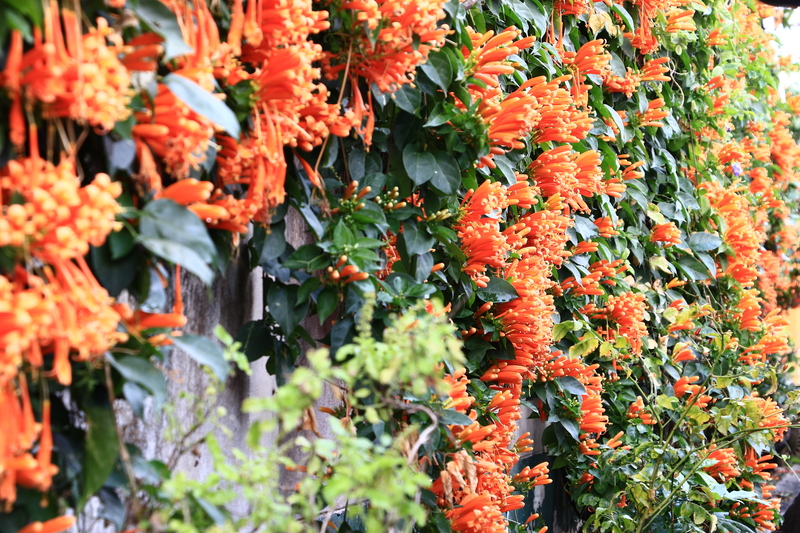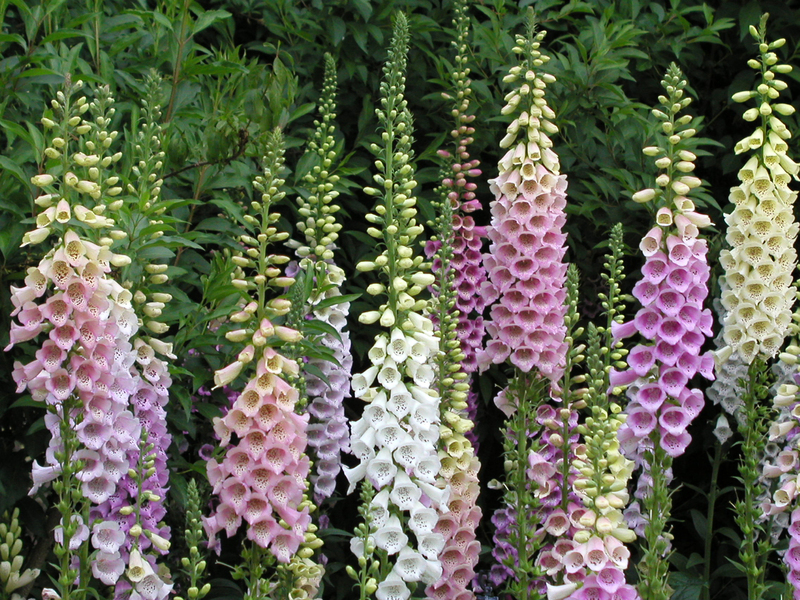Artificial Lawn Cleaning Tips
Posted on 01/10/2024
Artificial lawns have become a popular alternative to natural grass due to their low maintenance and year-round green appearance. While they do not require regular mowing or watering, they do need occasional cleaning to stay in pristine condition. In this comprehensive guide, we will provide you with valuable artificial lawn cleaning tips to help maintain your synthetic grass and keep it looking its best.
Understanding the Basics of Artificial Lawn Maintenance
Artificial grass is made of synthetic materials and designed to replicate the look and feel of real grass. It's durable, resistant to weather, and ideal for high-traffic areas. However, just like any other surface exposed to the elements, it needs routine cleaning to remove dirt, debris, and biological elements like mold and moss.

Essential Tools for Cleaning Artificial Grass
Before diving into the cleaning process, gather essential tools to make the job easier. You'll need:
1. A stiff broom or brush with synthetic bristles,
2. A garden hose with a spray nozzle,
3. A leaf blower or vacuum,
4. A rake,
5. Cleaning solution (mild detergent or specialized artificial lawn cleaner), and
6. A towel or soft cloth for spot cleaning.
Routine Maintenance: Weekly and Monthly Tasks
Routine maintenance is crucial to keep your artificial lawn clean and attractive. Here's what you should do weekly and monthly:
Weekly Tasks:
1. Remove Debris: Use a leaf blower or a rake to remove leaves, twigs, and other debris. This prevents organic materials from decomposing and causing mold or moss growth.
2. Brush the Grass: Brush the grass fibers against their natural grain using a stiff broom or brush. This helps maintain the upright position of the blades and prevents matting.
Monthly Tasks:
1. Deep Clean: Once a month, hose down the lawn with water to remove dust and smaller debris. Use a garden hose with a spray nozzle for this task.
2. Inspect Infill Levels: Check the infill levels (sand or rubber granules) and reapply if necessary. Infill provides stability and cushioning to the artificial grass.
3. Edge Maintenance: Inspect the edges of your lawn for any signs of separation or damage. Repair any issues promptly to prevent further problems.
Stain Removal: Tackling Common Stains
Artificial grass can accumulate stains from pets, food, drinks, or outdoor activities. Here's how to tackle common stains:
1. Pet Stains: Remove solid waste using a plastic bag, then rinse the area with water. For urine stains, use a mixture of water and vinegar (1:1 ratio) to neutralize odors and clean the spot.
2. Food and Drink Spills: Blot the spill with a towel to absorb as much liquid as possible. Clean the area with mild soapy water or a specialized artificial lawn cleaner. Rinse thoroughly with water.
3. Oil and Grease Stains: Use a small amount of mineral spirits on a cloth to clean oil or grease stains. Rinse the area with water after treatment.
4. Mold and Moss: Apply a mixture of water and vinegar or a commercial moss and algae killer to affected areas. Scrub gently with a brush and rinse thoroughly.
Dealing with Pet Waste
One of the advantages of artificial lawns is their suitability for pets. However, pet waste can still pose a challenge if not managed properly:
1. Solid Waste: Pick up solid waste promptly using a plastic bag or scoop. Dispose of it in a trash bin.
2. Urine: Rinse the area with water to dilute and remove urine. For strong odors, use a mixture of water and vinegar or a specialized pet odor neutralizer.
3. Regular Cleaning: Schedule regular cleanings to maintain hygiene and prevent unpleasant smells. Consider creating a designated pet area to concentrate cleaning efforts if you have multiple pets.
Preventative Measures: Keeping Your Artificial Lawn Clean
Prevention is key to reducing the frequency and effort of cleaning. Here are some preventative measures you can take:
1. Install a Barrier: Use landscaping fabric or mulch around the perimeter of your lawn to reduce the amount of dirt and debris that gets tracked onto the grass.
2. Set Up a Rinsing Station: Create a rinsing station for shoes and pets near the entrance to your lawn. This helps remove dirt and debris before stepping onto the grass.
3. Use Protective Mats: Place mats at entry points to your home to reduce the amount of dirt and debris that gets tracked onto the artificial grass.
Seasonal Maintenance: Adapting to Weather Changes
Seasonal changes can affect the maintenance needs of your artificial lawn. Here's how to adjust your cleaning routine:
1. Spring and Summer: Monitor pollen accumulation and increase the frequency of rinsing to remove pollen and dust. Trim nearby trees and shrubs to reduce the amount of debris falling onto the lawn.
2. Fall: Remove fallen leaves and other debris promptly to prevent mold and moss growth. Increase brushing frequency to keep the grass blades upright.
3. Winter: If you experience snowfall, use a plastic snow shovel or broom to remove snow gently. Avoid using metal shovels that can damage the grass. Clear ice with caution, and avoid using salt, which can harm the fibers.

Professional Cleaning: When to Seek Expert Help
While routine maintenance can keep your artificial lawn in good shape, there may be times when professional cleaning is necessary:
1. Deep Clean: Schedule a professional deep clean if you notice persistent stains, odors, or significant discoloration.
2. Annual Inspection: Consider an annual inspection and maintenance service to assess the overall condition of your lawn, address any issues, and prolong its lifespan.
3. Repairs: Seek professional help for repairing any damage beyond your capability, such as significant tears or seam separations.
Conclusion
Maintaining an artificial lawn requires regular cleaning and care to ensure it remains lush and attractive. By following these artificial lawn cleaning tips, you can enjoy a beautiful and low-maintenance landscape year-round. Remember to perform routine maintenance, tackle stains promptly, and take preventative measures to reduce debris accumulation. With proper care, your artificial grass will continue to enhance the beauty of your outdoor space for years to come.



